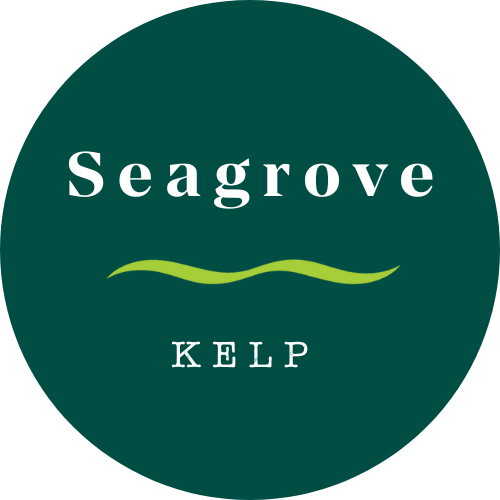Nereocystis luetkeana
- Description: Thallus of this common canopy-forming kelp has a richly branched holdfast (haptera) and a cylindrical stipe 10–36 m (33–118 ft) long, terminating in a single, gas-filled pneumatocyst from which the many blades, up to 10 m (33 ft) long, develop. Blade growth can reach 15 cm (6 in) per day. Reproductive patches (sori) develop on the blades and drop to the seafloor at maturity. Bull kelp is the fastest growing seaweed in the world. It can grow from a tiny spore into a 200 foot long plant in one season!
- Habitat: This annual kelp grows on rock from the low intertidal to subtidal; it prefers semi-exposed habitats or high current areas. Offshore beds can persist for one to many years, usually in deeper water than Eualaria or Macrocystis, where they co-occur.
- Edible Uses: Food products, including salsas, pickles, Kelp extract (algin) thickens products such as ice cream, salad dressing, hand lotion, and paint and it can be used as an additive to organic seafood based fertilizers
